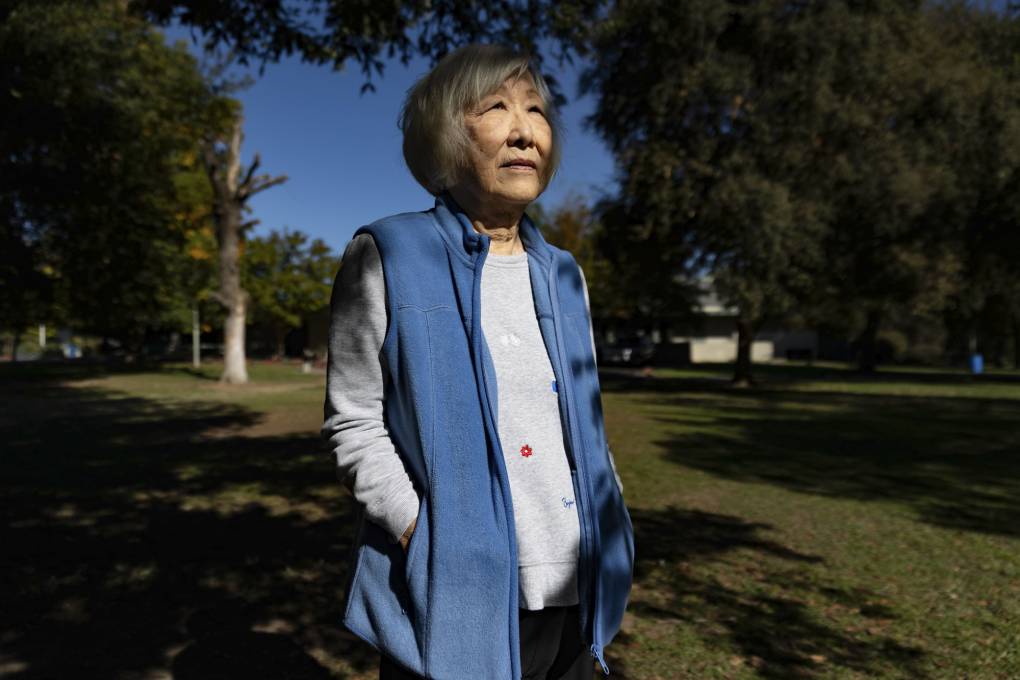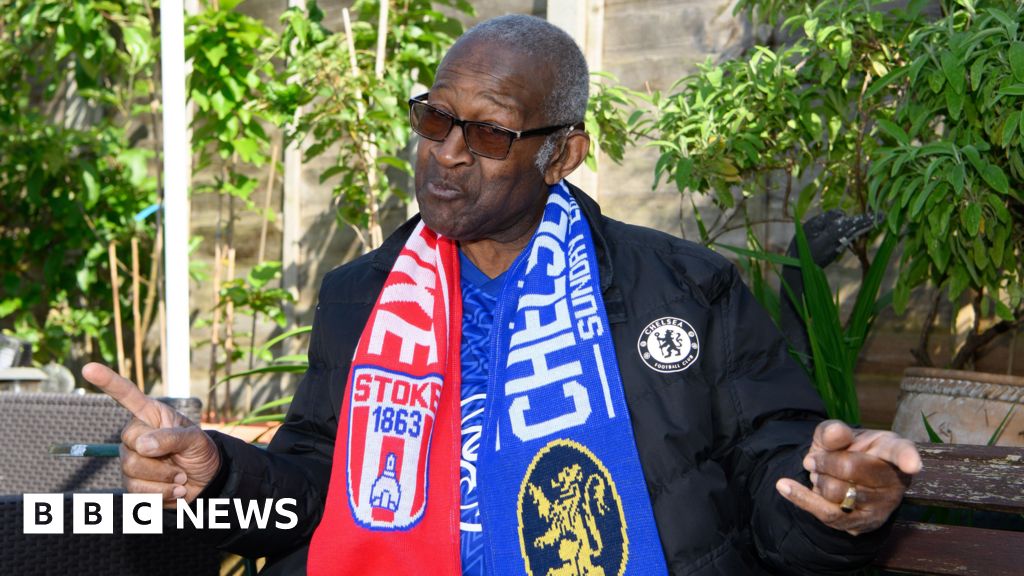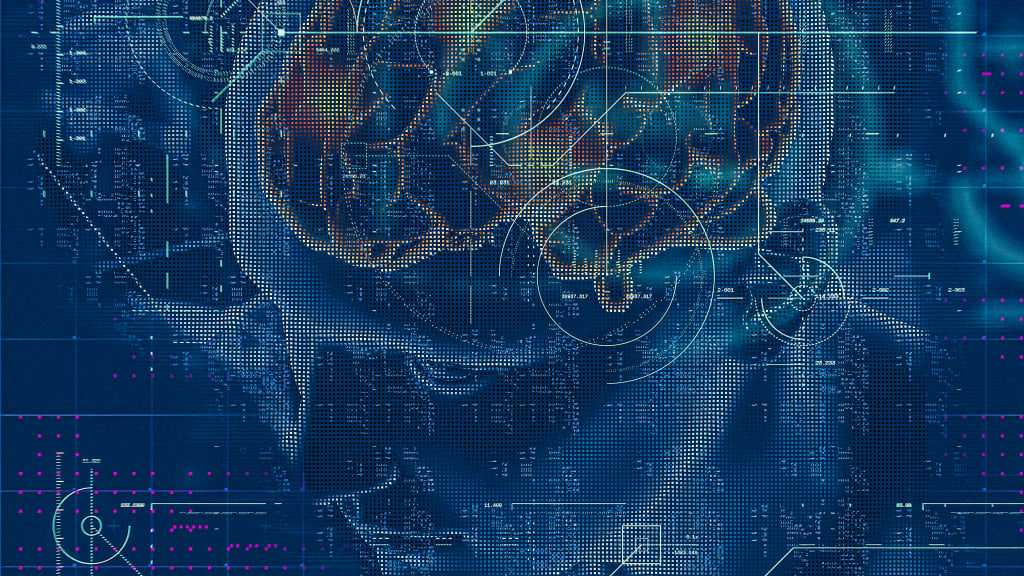#alzheimers
#alzheimers
[ follow ]
#dementia #caregiving #clinical-trials #neuroscience #diagnosis #friendship #mental-health #fundraising
fromFast Company
1 week agoNovo Nordisk stock slides as its Alzheimer's drug trials fail
Novo Nordisk's closely-watched Alzheimer's trials of an older oral version of its semaglutide drug failed to help slow the progression of the brain-wasting disease, the firm said on Monday, a blow to the obesity drug giant that sent its shares sliding. The trials, which Novo had previously called a "lottery ticket" to underline its highly uncertain outcome, were testing whether the medicine could slow cognitive decline in patients.
Health
fromPsychology Today
2 weeks agoUnderstanding the Gender Gap in Alzheimer's Disease
Over 7 million people in the United States are living with Alzheimer's disease. Unfortunately, this number is expected to double by 2050. Women outnumber their male counterparts by almost a two-to-one margin. Although in general, women tend to live longer than men, aging alone cannot account for the differences in the number of women who are disproportionately represented. What factors account for the sex difference?
Medicine
fromFortune
3 weeks agoBill Gates believes Alzheimer's blood tests should be part of routine medicals-such prevention means you could work into your 90s if you wanted to | Fortune
The Microsoft founder is heavily involved with programs to prevent disease across the globe, efforts that will likely ramp up in the coming years after he issued his philanthropic foundation with a task: He would donate the vast majority of his wealth, some $100 billion, to the body as long as the funds are spent within the next 20 years.
Public health
fromPsychology Today
1 month agoLet Music Be Your Medicine
The brain generates rhythms naturally. One way to confirm this is to record the brain's electrical activity. This electrical activity results from the passage of ions (particles with positive or negative charge, such as sodium and chloride, the components of salt) across brain cell membranes. EEG (electroencephalography), a painless and harmless technique using wires (electrodes) placed on the scalp to record this activity, has been around for nearly a century. EEG reveals that much of a healthy brain's electrical activity is rhythmic, not random.
Medicine
fromHarvard Gazette
1 month agoHow sexism in medicine continues to endanger women's health - Harvard Gazette
It is past time for women's health to move beyond "boobs and tubes" - as one expert termed the field's reproductive focus - to address the disparities and prejudice that have hindered medical providers from effectively treating more than half of the population. That's according to experts who gathered for a symposium held recently at the Radcliffe Institute for Advanced Study examining persistent gaps between men's and women's healthcare.
Women
Medicine
fromenglish.elpais.com
2 months agoThe great revolution against Alzheimer's: It's the first time in human history that we've managed to slow the disease'
New beta-amyloid–targeting drugs and biomarkers enable early detection and modestly slow Alzheimer's progression, marking a paradigm shift despite cost, side effects, and limited efficacy.
fromBuzzFeed
2 months ago'Sundowning' Is The Dementia Symptom We Don't Talk About Enough
Sometimes, the symptoms occur quite late into the evening, said Dr. Victor Diaz, a neurologist at Orlando Health Neuroscience Institute. Approximately 1 in 5 people with dementia experience sundowning. It affects people with different forms of dementia, like Alzheimer's and Lewy body dementia, Diaz said. "Episodes can last anywhere from a few minutes to a few hours, and in some cases, can extend into the night."
Medicine
fromWest Side Rag
2 months agoThe Watermark at Brooklyn Heights: NYC's Premier Destination for Memory Care
When a loved one is living with Alzheimer's or another form of dementia, families are often faced with the challenge of finding care that goes beyond safety and medical support. They seek a place where their loved one will be seen as a whole person, embraced with dignity, compassion, and joy. At The Watermark at Brooklyn Heights, families across Brooklyn, Manhattan, and greater NYC have found just that: a nationally recognized approach to Memory Care rooted in empathy, connection, and individuality.
Health
fromNature
2 months agoCan We Fix America's Dementia Care Crisis before It's Too Late?
The rate of Alzheimer's diagnosis has declined steadily in recent decades, but as baby boomers age, the number of new cases continues to rise. The top risk factor for dementia is age, and by 2030 more than one in five Americans will be 65 or older. That means the prevalence of Alzheimer's in the U.S. could exceed 13.8 million people by 2060.
Public health
fromNature
2 months agoCan Diet and Exercise Really Prevent Alzheimer's?
When Juli comes home after work, her husband doesn't regale her with stories about his photography business the way he once did. Instead he proudly shows her a pill container emptied of the 20 supplements and medications he takes every day. Rather than griping about traffic, he tells her about his walk. When they go out to a favorite Mexican restaurant, he might opt for a side salad instead of tortilla chips with his quesadilla. "He's actually consuming green food, which is new," says Juli, who asked to be identified by only her first name to protect her husband's privacy.
Health
Medicine
fromIndependent
3 months agoTanya Sweeney: Is it fair that we know all about Bruce Willis' sad decline via cosy Insta-perfect photos and glossy TV interviews?
An Alzheimer's diagnosis impacts both the diagnosed individual and their family, and consent for public documentation of an actor's condition by relatives can be unclear.
fromwww.independent.co.uk
3 months agoSimple at-home brainwave test could detect Alzheimer's years before diagnosis
Researchers at the University of Bath said current diagnostic tools are missing the first 10 to 20 years of Alzheimer's, but believe a new Fastball test could transform the way the disease is detected. The 180-second passive test, that records electrical activity in the brain while participants view a stream of images, has been found to reliably identify memory problems in people with Mild Cognitive Impairment (MCI) a condition that can lead to Alzheimer's.
US politics
National Hockey League
fromRMNB
3 months agoTJ Oshie gifted back childhood hockey memorabilia years after his late father forgot to pay for family's storage unit in northern Minnesota
TJ Oshie lost childhood hockey memorabilia when his late father's unpaid storage unit was sold, but local Warroad contacts recovered and returned most items.
fromBuzzFeed
3 months agoA New Study Has Identified Two Simple Habits That Can Delay Alzheimer's Disease
Walking and diet are two of the simplest ways we know to boost BDNF, a key protein that helps brain cells grow, repair and communicate. Higher BDNF levels are strongly linked to better memory and slower cognitive decline.
Health
fromNew York Post
4 months agoFirst-of-its-kind Alzheimer's center opens on Long Island: 'Whole new world'
Amityville's new Barbara Rabinowitz Education & Resource Center includes even a special transit-focused room to teach families how to travel with their affected loved ones - using items such as real LIRR train seats and an airplane row.
Public health
#ai
Wearables
fromdesignboom | architecture & design magazine
6 months agomemoria home medical device and necklace help people with alzheimer's remember
Futurewave's Memoria aids Alzheimer's patients with a home medical AI device comprising a sculptural base station and a wearable, enhancing memory recall.
fromwww.npr.org
6 months agoCan this nasal spray slow down Alzheimer's? One couple is helping scientists find out
The nasal spray contains an experimental monoclonal antibody meant to reduce the Alzheimer's-related inflammation in Walsh's brain, marking a novel approach to treatment.
Alternative medicine
[ Load more ]













